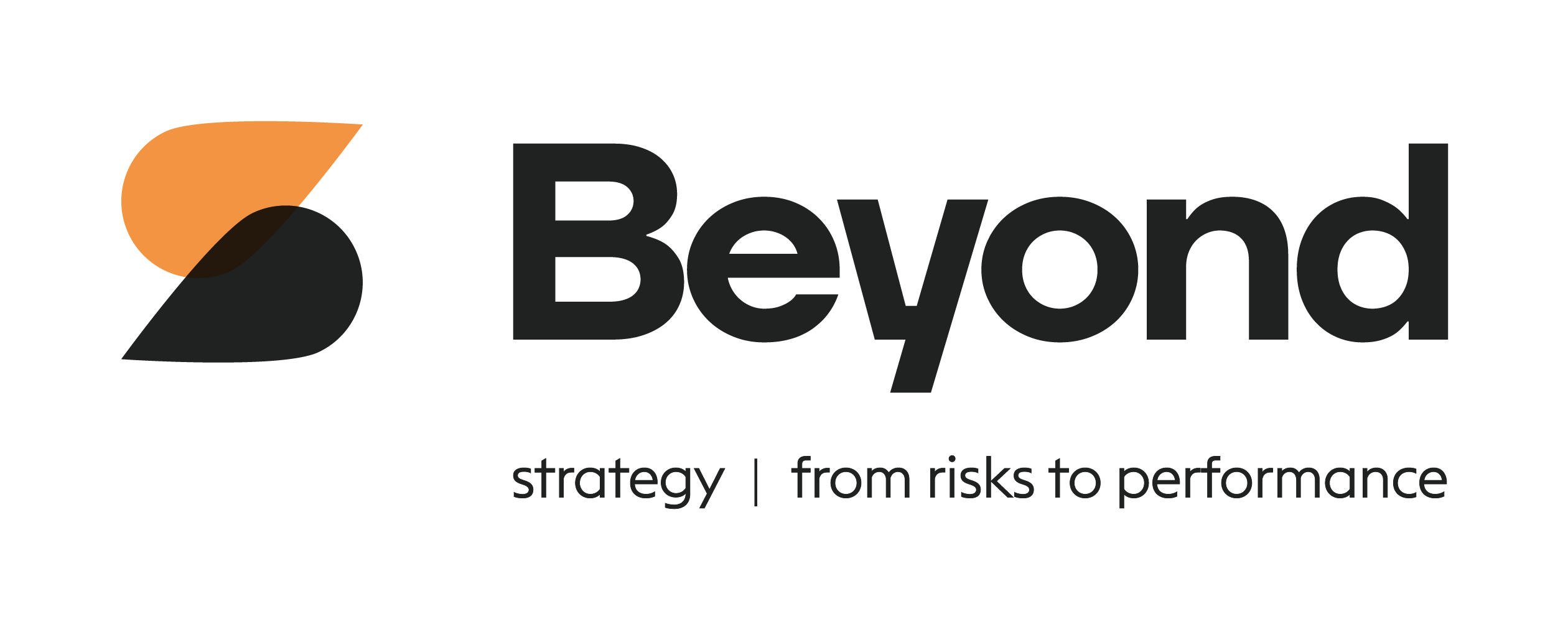1. A New Era for Smaller Enterprises
In December 2024, the European Financial Reporting Advisory Group (EFRAG) introduced a significant resource for non-listed small and medium-sized enterprises (SMEs): the Voluntary Standard for Micro-, Small-, and Medium-Sized Enterprises (VSME). This new framework brings proportionality to sustainability reporting, giving smaller businesses a practical way to meet rising expectations from banks, investors, and larger corporate partners—without the heavy burden of full-scale compliance frameworks.
2. Why the VSME Standard Matters
Sustainability has become a business imperative for companies of every size—yet SMEs often find it tough to allocate the staff, technology, and budget required to produce detailed ESG disclosures. The VSME Standard aims to bridge this gap by:
- Reflecting Proportionality
The VSME Standard aligns with the “proportionality principle” outlined in the Corporate Sustainability Reporting Directive (CSRD). This means that SMEs can focus on disclosures that are more relevant to their operations without overextending their resources. - Providing Transparent ESG Data
Whether it’s for banks reviewing loan applications or corporate clients assessing supply chain risks, stakeholders want credible, comparable metrics. With VSME, SMEs can showcase environmental, social, and governance (ESG) performance in a format that larger partners can understand. - Enhancing Risk Management
By highlighting issues like workforce health and safety or environmental impacts, the VSME Standard helps SMEs identify early warning signals, potentially reducing costly emergencies or regulatory surprises. - Facilitating Access to Finance
Clear sustainability data are increasingly a gatekeeper for funding. VSME reporting can help smaller businesses meet the disclosure requirements of banks and investors, improving financing terms or unlocking new capital sources.
Though voluntary, the VSME Standard is fully aligned with the “building-block” approach behind the European Sustainability Reporting Standards (ESRS). In practice, this means the disclosures from VSME roll seamlessly into the LSME standard, which then expands into ESRS Set 1 for larger companies. As an SME grows and begins using more advanced ESRS standards, it can build on its existing VSME reporting—rather than starting from scratch—scaling step by step to meet new requirements without duplicating efforts. Think of it like stacking LEGO® blocks: each phase builds on the last, preserving all the progress already made.
This also means that for SMEs new to sustainability reporting and unsure where to begin, starting with the VSME Standard can be an excellent choice—offering a manageable and proportional foundation before moving on to more advanced requirements.
3. Modular Structure: Flexibility at Its Core
The VSME Standard is divided into two modules, allowing SMEs to choose the depth of reporting that fits their resources and strategy:
- Basic Module
- Essential disclosures (B1–B11): covers environmental metrics like greenhouse gas (GHG) emissions and social metrics like workforce diversity or safety.
- Ideal for micro-enterprises or smaller SMEs that want streamlined reporting without an oversized administrative load.
- Comprehensive Module
- Builds upon the Basic Module with additional disclosures (C1–C9).
- Offers deeper insights for SMEs that have more stakeholder demands or aspire to attract ESG-driven investors.
- Covers advanced topics such as business model descriptions, transition plans for climate mitigation, and human rights policies.
Importantly, SMEs can start with the Basic Module and add relevant comprehensive disclosures as their needs grow—making VSME scalable over time.
4. Features Tailored for SMEs
A standout aspect of the VSME Standard is its flexible approach that focuses on what’s actually applicable to an SME’s operations:
- “If Applicable” Principle
One of the VSME Standard’s most innovative features is the “If Applicable” principle outlined in Paragraph 13, which replaces the traditional materiality principle used in the larger ESRS Set 1. This approach ensures that SMEs report only on disclosures relevant to their operations. For instance, certain points apply only if a company has more than 50 employees or operates in a water-intensive industry. - Confidentiality Safeguards
Another key aspect, highlighted in Paragraph 19, allows sensitive or classified information to be omitted, provided the omission is disclosed transparently — an important consideration for smaller businesses that might be wary of openly sharing trade secrets or other proprietary details. - Consolidated Reporting
Family-owned SME groups or SMEs with multiple subsidiaries can opt to report on a consolidated basis. This step can streamline data collection and avoid repetitive efforts across different entities.
5. Turning Compliance into Strategic Advantage
Although the VSME Standard is voluntary, it offers significant opportunities for smaller businesses to stand out in a market that increasingly prizes sustainability:
- Strengthen Stakeholder Relationships
Being transparent about your sustainability efforts builds credibility with key audiences—from local communities and employees to corporate customers. This can lead to deeper partnerships, stronger client loyalty, and improved brand reputation. - Improve Risk and Process Management
Gathering data on resource use, workforce well-being, and governance can pinpoint inefficiencies or areas for innovation, potentially reducing waste and operating costs. - Future-Proof Your Business
With the EU’s regulatory landscape rapidly evolving, early adopters of VSME disclosures will be well-positioned to adapt if voluntary reporting ever becomes mandatory or if stakeholder demands escalate.
6. Practical Steps to Get Started
- Assess Your Current Position
Identify which metrics (e.g., GHG emissions, water use, or workforce metrics) you already collect. Decide if you need just the Basic Module or if some Comprehensive Module elements will help you engage lenders or bigger clients. - Review the “If Applicable” Principle and Other Optional Disclosures
For each disclosure subject to this principle, determine whether it’s genuinely relevant to your business’s size, sector, and scope. Similarly, identify which metrics are explicitly optional—often indicated by “may” rather than the mandatory “shall.” This ensures proportionality, allowing you to concentrate on the data that truly matter. - Secure Internal Buy-In
Educate your team on the benefits of sustainability reporting. In smaller firms, this step is crucial for ensuring collaboration across departments (finance, HR, operations). - Leverage Tools and Templates
Use the VSME Standard’s guidance to collect, calculate, and report data. Many SMEs also find specialized ESG software helpful for simplifying data gathering, ensuring audit-readiness, and producing well-structured reports. - Communicate Your Progress
Once your sustainability report is ready, share key insights with staff, customers, and financial partners. Let them know how this journey aligns with your company’s values and long-term ambitions.
Final Thoughts
By adopting the VSME Standard, SMEs can proactively align with Europe’s broader sustainability goals, foster trust among key partners, and pave the way for innovation and resilience. Whether you’re aiming to secure greener financing, attract sustainability-conscious clients, or simply make a positive impact, VSME offers a clear, proportional path toward transparent, meaningful ESG reporting.
So, how will your business use the VSME Standard to take the lead in sustainability?



